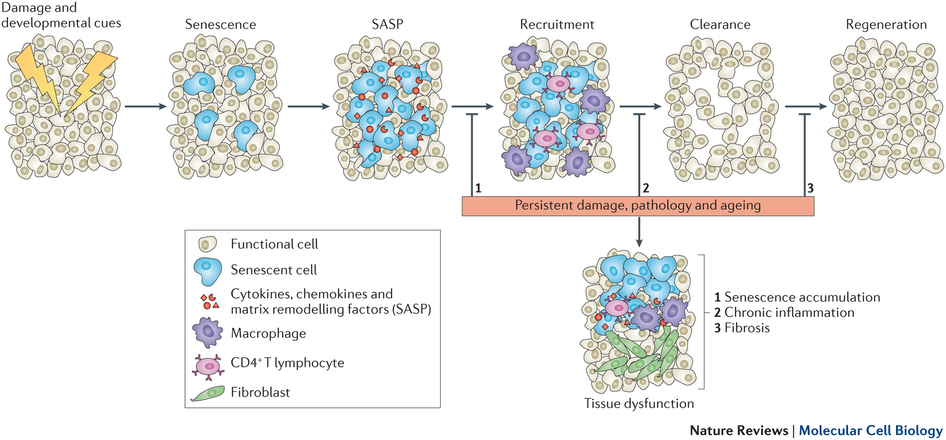http://www.ncbi.nlm.nih.gov/pmc/articles/PMC3500053/
The study tries to guess why miniaturisation in male pattern baldness and FPB may be irreversible
[h=2]Abstract[/h][h=3]Background:[/h]Hair follicle miniaturization is the hallmark of male pattern hair loss (MPHL), female pattern hair loss (FPHL), and alopecia areata (AA). AA has the potential for complete hair regrowth and reversal of miniaturization. MPHL and FPHL are either irreversible or show only partial regrowth and minimal reversal of miniaturization. Hypothesis: The arrector pili muscle (APM) attachment to the hair follicle bulge, a recognized repository of stem cells may be necessary for reversal of hair follicle miniaturization.
[h=3]Materials and Methods:[/h]Sequential histological sections from MPHL, FPHL, AA, and telogen effluvium were used to create three-dimensional images to compare the relationship between the APM and bulge.
[h=3]Results:[/h]In AA, contact was maintained between the APM and the bulge of miniaturized follicles while in MPHL and FPHL contact was lost.
[h=3]Discussion:[/h]Contact between the APM and the bulge in AA may be required for reversal of hair follicle miniaturization. Maintenance of contact between miniaturized follicles in AA could explain the complete hair regrowth while loss of contact between the APM and the bulge in MPHL and FPHL may explain why the hair loss is largely irreversible. This loss of contact may reflect changes in stem cell biology that also underlie irreversible miniaturization.
The study tries to guess why miniaturisation in male pattern baldness and FPB may be irreversible
[h=2]Abstract[/h][h=3]Background:[/h]Hair follicle miniaturization is the hallmark of male pattern hair loss (MPHL), female pattern hair loss (FPHL), and alopecia areata (AA). AA has the potential for complete hair regrowth and reversal of miniaturization. MPHL and FPHL are either irreversible or show only partial regrowth and minimal reversal of miniaturization. Hypothesis: The arrector pili muscle (APM) attachment to the hair follicle bulge, a recognized repository of stem cells may be necessary for reversal of hair follicle miniaturization.
[h=3]Materials and Methods:[/h]Sequential histological sections from MPHL, FPHL, AA, and telogen effluvium were used to create three-dimensional images to compare the relationship between the APM and bulge.
[h=3]Results:[/h]In AA, contact was maintained between the APM and the bulge of miniaturized follicles while in MPHL and FPHL contact was lost.
[h=3]Discussion:[/h]Contact between the APM and the bulge in AA may be required for reversal of hair follicle miniaturization. Maintenance of contact between miniaturized follicles in AA could explain the complete hair regrowth while loss of contact between the APM and the bulge in MPHL and FPHL may explain why the hair loss is largely irreversible. This loss of contact may reflect changes in stem cell biology that also underlie irreversible miniaturization.

